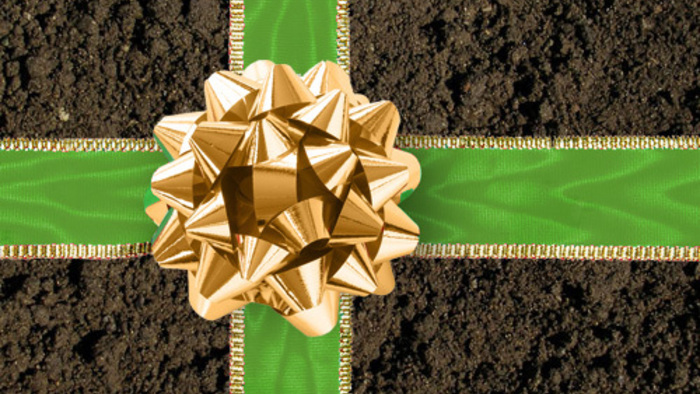
Though the one-hundred-degree temperatures don’t indicate it, the starting gun has already sounded for us in the North Texas area to start our Fall vegetable gardens. Depending on where you live or what you wanna grow, you may be able to plant seeds and transplants this month. Most of the planting occurs within the next couple of months. So it’s a good idea to prepare for it, so there aren’t any surprises. Here are some of the things that come to mind.
1. Check the planting schedules for your area and decide what you want to plant. Many of the crops you planted in the Spring (i.e., lettuce, broccoli, radishes, Swiss chard, etc.) can be planted again in the Fall. As I’ve always said, go with what you know, but try something new as well.
2. Take inventory of your seeds. If the packing/stamped date on your seed packets are over two years old, consider replacing them. If you need to order seeds, allow for shipping and delivery time. Tip: Don’t you hate it when you go out to plant seeds and discover that you don’t have what you need? I remedied this by making a list of what I had and putting into a notes application on my smartphone. That way when I’m at the store, I can check it. If you’re not sure the seeds you have will germinate well, you can always do a test to check their viability.
3. Set a date. Most planting charts will give a suggested range of days in which to plant. Put the dates on your home calendar and/or smartphone’s calendar app to remind you. I tend to ‘group’ my plantings, so that I’m not having to remember to do something every weekend (even though I tend to work in the garden every weekend anyway).
4. Reflect on the year so far. Ask yourself, “What did or didn’t do well in the Spring?” “What kind of pest, disease or weed problems did I have, and where?” “Did I learn anything new-either online, from fellow gardeners, or from experience in general?” This reminds me of when the sports reporter is talking to the coach at halftime, and asking him what adjustments the team needs to make in the second half. Write it down if you think you’ll need it later. Case in point: I know now not to plant my bush beans next to something like bulb onions, which take longer to grow tall (the onions got covered up and never got off the ground).
5. Check your tools and supplies. Your hand tools, gloves, hoses and power equipment may have already taken a beating this year. Replace, repair or service them if you need to.
6. Clear out finished or spent plants from your Spring plantings. If your Spring garden’s plants are through for the year, go ahead and yank them out. Plants that are old and stressed can attract pests if they are left in your beds. Regarding tomatoes-if you are able to nurse your tomatoes through the Summer (particularly indeterminate varieties), remove any dead leaves and prune them if necessary.
7. Add soil amendments to replenish your beds. Compost is a must, as it adds vital organic matter and improves drainage. Other recommended amendments include greensand, molasses, alfalfa meal, manure and worm castings. If you plan on reserving a bed for later use, consider growing a cover crop in that spot.
8. Prepare your defenses. This year has been especially bad in our area for pests, due to the mild Winter we had. If your area experienced the same, I’m sure you can relate. Stock up on or prepare organic pest controls like garlic pepper tea, insecticidal soap, BT, etc. Case in point (again): Earlier this Spring, I lost almost all of the pepper transplants in my greenhouse to aphids, in part due to not knowing how to control them successfully. I know better now, and I’ll be ready for it next year.
9. Gather your mulch. Consider using a thick layer of mulch in your Fall beds that will break down into the soil. My personal favorite is chopped grass clippings and dried leaves. If your area has a shorter growing season, trees may already be shedding their leaves. The early part of Fall can still be warm, therefore moisture retention and shade will be helpful in keeping the soil cooler.
What other ways do you get your garden ready for the Fall?





















Comments
Log in or create an account to post a comment.
Sign up Log in